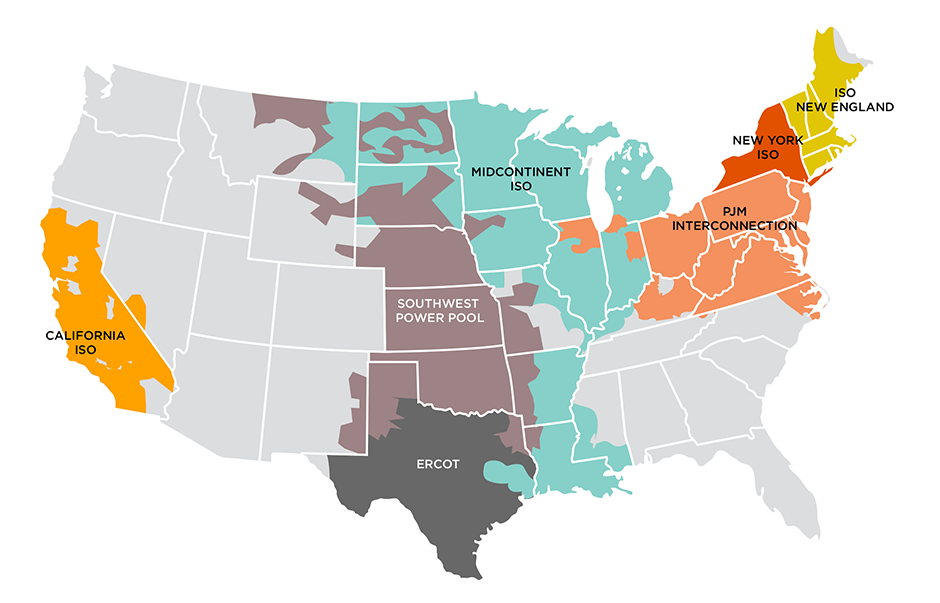Nutrients, Vol. 16, Pages 3912: A Snapshot of Vitamin D Status, Performance, Blood Markers, and Dietary Habits in Runners and Non-Runners
Nutrients doi: 10.3390/nu16223912
Authors: Francesco Pegreffi Sabrina Donati Zeppa Marco Gervasi Eneko Fernández-Peña Giosuè Annibalini Alessia Bartolacci Eugenio Formiglio Deborah Agostini Claudia Barbato Piero Sestili Antonino Patti Vilberto Stocchi Rosa Grazia Bellomo
Background: Vitamin D can influence athletic performance and infection risk. This study aimed to investigate vitamin D status, hematochemical factors, anthropometric and performance parameters, and dietary habits in runners (n = 23) and sedentary healthy individuals (non-runners, n = 22) during the autumn season. Methods: Both groups had their serum 25-Hydroxyvitamin D (ng/mL) levels, blood and performance parameters, and dietary habits measured. Results: Serum 25-Hydroxyvitamin D levels were significantly lower in non-runners (runners: males 30.0 ± 5.6, females 31.2 ± 5.2 vs. non-runners: males, 22.8 ± 6.5, females 24.7 ± 6.5 ng/mL, p < 0.001). White blood cells, monocyte, and neutrophil levels were higher in non-runners for both males and females. Among the subjects, 23 had optimal vitamin D levels (>29 ng/mL), while 22 had insufficient/deficient levels (<29 ng/mL), with a higher prevalence of insufficiency in non-runners compared to runners (63.6% vs. 34.8%; p = 0.053). Maximal isometric force and jump height were equal in both groups, but VO2max was higher in runners. Linear regression analysis identified monocyte count as the only predictor of vitamin D levels for both males (y = −24.452 x + 40.520; R2 = 0.200; p = 0.015) and females (y = −33.409 x + 45.240; R2 = 0.368; p = 0.003). Conclusions: This study highlights significant differences in vitamin D status between runners and non-runners, with runners exhibiting higher serum 25-Hydroxyvitamin D levels, although this finding is likely due to the increased sun exposure that runners receive. It also provides valuable insights into the vitamin D status of healthy young sedentary individuals and runners, enhancing the understanding of how physical activity influences vitamin D levels.

 1 week ago
10
1 week ago
10


